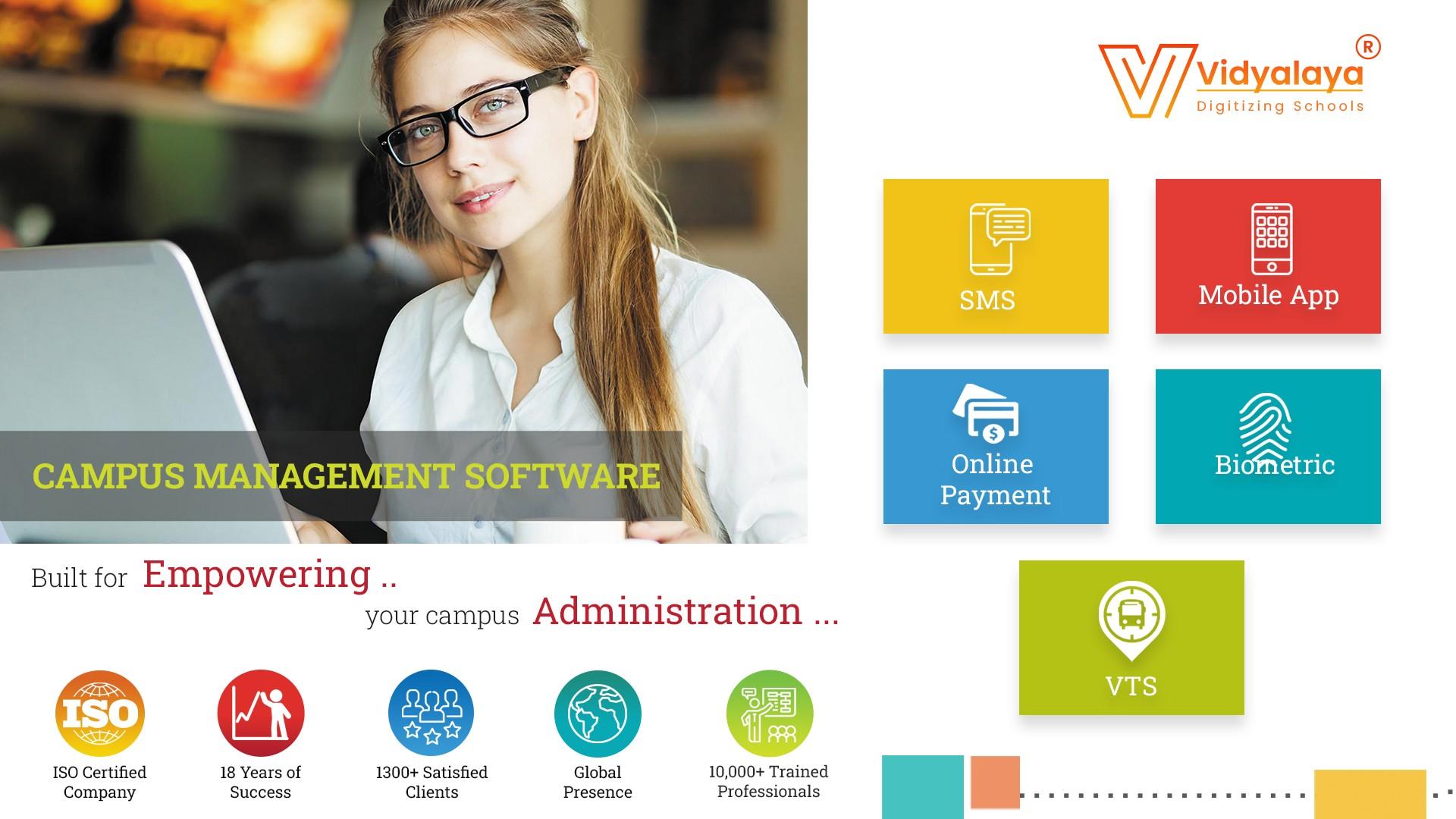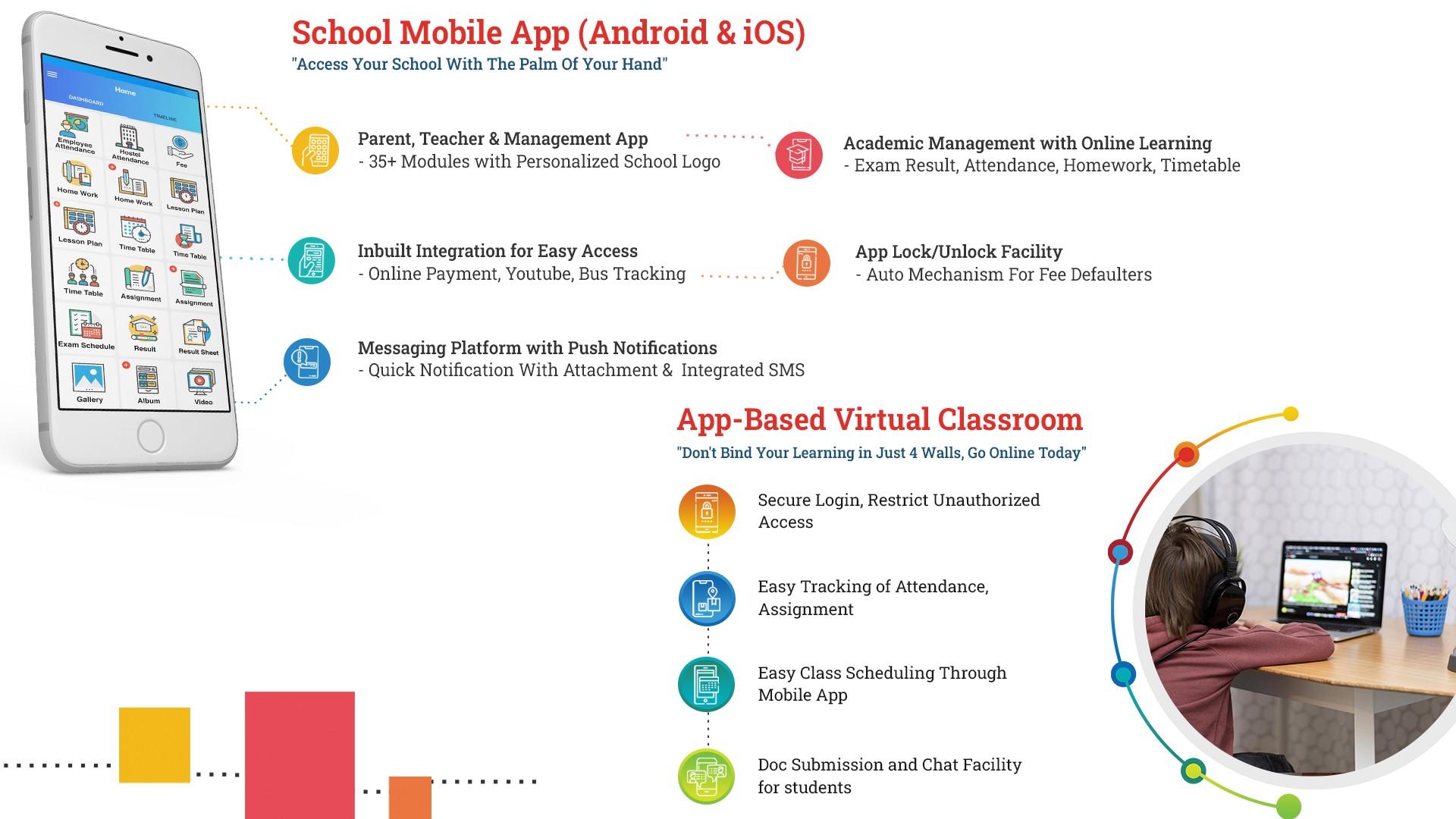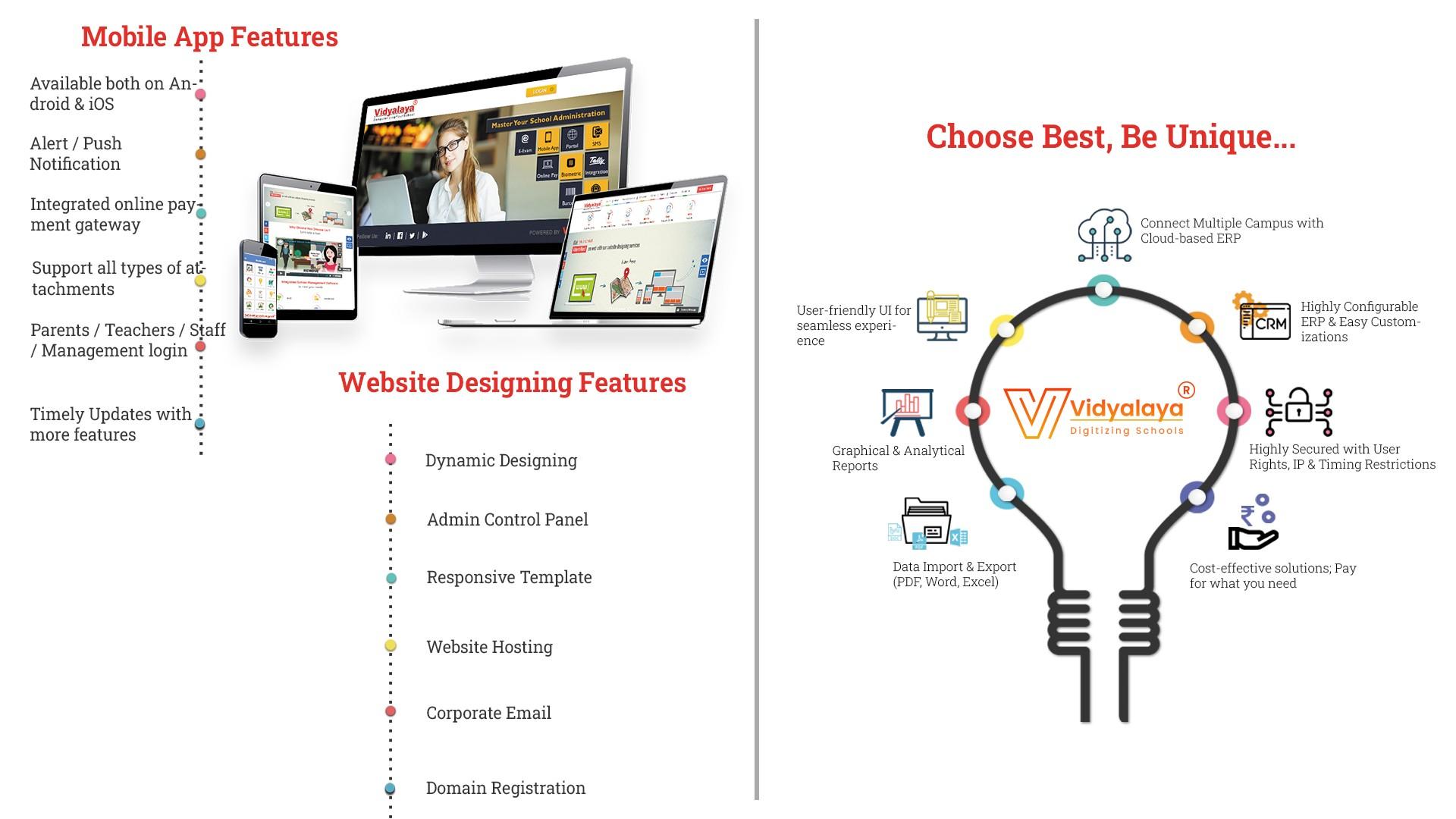VIDYALAYA SCHOOL SOFTWARE
How to Choosing the Right Student Information System for Your Institution?
Let’s admit it- running an educational institute is nothing but a roller-coaster slide! As an administrator, you must deal with different stakeholders, departments, documents, and data! Along with volatile requirements that go on changing as per time, you get tangled! The administrator needs to develop a futuristic vision to keep the institution ready for today and tomorrow. We live in a data-oriented era and educational institutes have become a mine for student data. In this case, it has become extremely important to address the proper management of this data. Thank God, A Student Information System is here to help!
Student Information System: The Basics
A Student Information System is a comprehensive software that effectively manages student-related data and relevant administrative tasks. It includes various tools to streamline and manage tasks like admission, course scheduling, attendance, grading, exams, etc. This digital framework centralizes the student data and helps educational institutes to personalize educational experiences and make informed decisions.
A. Data Management:
A SIS System is intended to collect, store, and manage the student data. This student data may include personal information, enrolment records, academic and non-academic performance details, attendance, etc.
B. Administrative Functions:
Every Student Information System includes some core modules like student information, class schedules, and course registration, which streamline the administration processes.
C. Communications:
A SIS system establishes seamless communication between parents, teachers, students, and school admins through various tools. This fosters healthy relationships and can contribute a lot to students’ progressive academic journey.
D. Security:
A Student Information System protects student data and ensures that only valid users can access the data.
E. Reporting and Analysis:
In-built reporting and analysis tools of an SIS System help to generate and analyse data to make informed decisions about various aspects like curriculum design, student performance, etc.
Trends and Innovations in Online Exam conduction:-
An online examination software has gone through several upgrades to incorporate new features and the process continues. Let’s see what are the upcoming trends and innovations are happening in this sector:
1. On-screen Marking System:
Along with regular features, the onscreen marking system is going to hit online examination software demand in a positive way. This feature will digitalize and streamline the grading system to make it more transparent and reliable. As it is available for both pen-paper and online mode, it is going to be more popular. This system extracts the relevant response areas from scanned images of answer sheets submitted by students and can present to remote examiners for clerical marking in a secured environment.
2. AI-based Feedback:
One major aspect missing in manual pen-paper based exams is personalized feedback, which brings more overhead on teachers as they need to understand the unique requirements and understanding level of each student and provide the respective feedback. AI-powered online examination software identifies this gap and provides comprehensive insights into student performance and learning requirements. Through inbuilt analysis feature, it analyses the results obtained and learning patterns through which it facilitates personalized feedback to students.
2. Consider User Experience:
Any software gets the desired success when it is user-friendly along with in-built features. A Student Information System should guide users throughout the daily workflows, making it easy for them to navigate. The system should be intuitive and even novice users should easily carry out the functionality with minimal training. Pay attention to the following points while considering the user experience of your Student Information System:
Can all the users access the features easily they need most? Is the user interface easy to understand and navigate throughout the system? Does it provide instant help, menus, dashboards, etc. to make the journey easy?
3. Costs and Budget:
Budgeting is one of the crucial factors in the selection of a Student Information System. Investing in this system will uncover lots of benefits in terms of efficiency and productivity in almost every aspect. So, it is definitely worth it to invest in the system. Before determining the costs and budget factors, please consider the following points:
•What are the breakups of initial costs, setup and installation costs, consulting fees, and other factors?
•Are there any other costs like updates, support, or maintenance apart from the above?
•Do they have different pricing plans to address your unique needs and requirements?
5. Integration and Customization:
A school may have existing systems that may streamline some of the workflows before implementation of an SIS System. The new SIS System should integrate with existing systems seamlessly such that all the systems should work without any hassle. Smooth integration with existing systems like LMS, admission management, and attendance tracking systems will create a unified digital environment. Ask the following questions to your vendor: •Will the system provider extend help with customization and integration?
Conclusion:
A well-designed Student Information System is a necessity for today’s educational institutes, especially if they are going through the accreditation process. It can contribute a lot to offering a quality seal that depicts the institute’s commitment to providing top-tier educational experiences.Vidyalaya, a leading name in the Indian and global education software sector, embarks on a journey to shape the future of education, a quest where technology is our steadfast partner. Embrace our SIS system and set strong sails and a reliable rudder for your ship. Drop a query through mail or we are just a call away!











